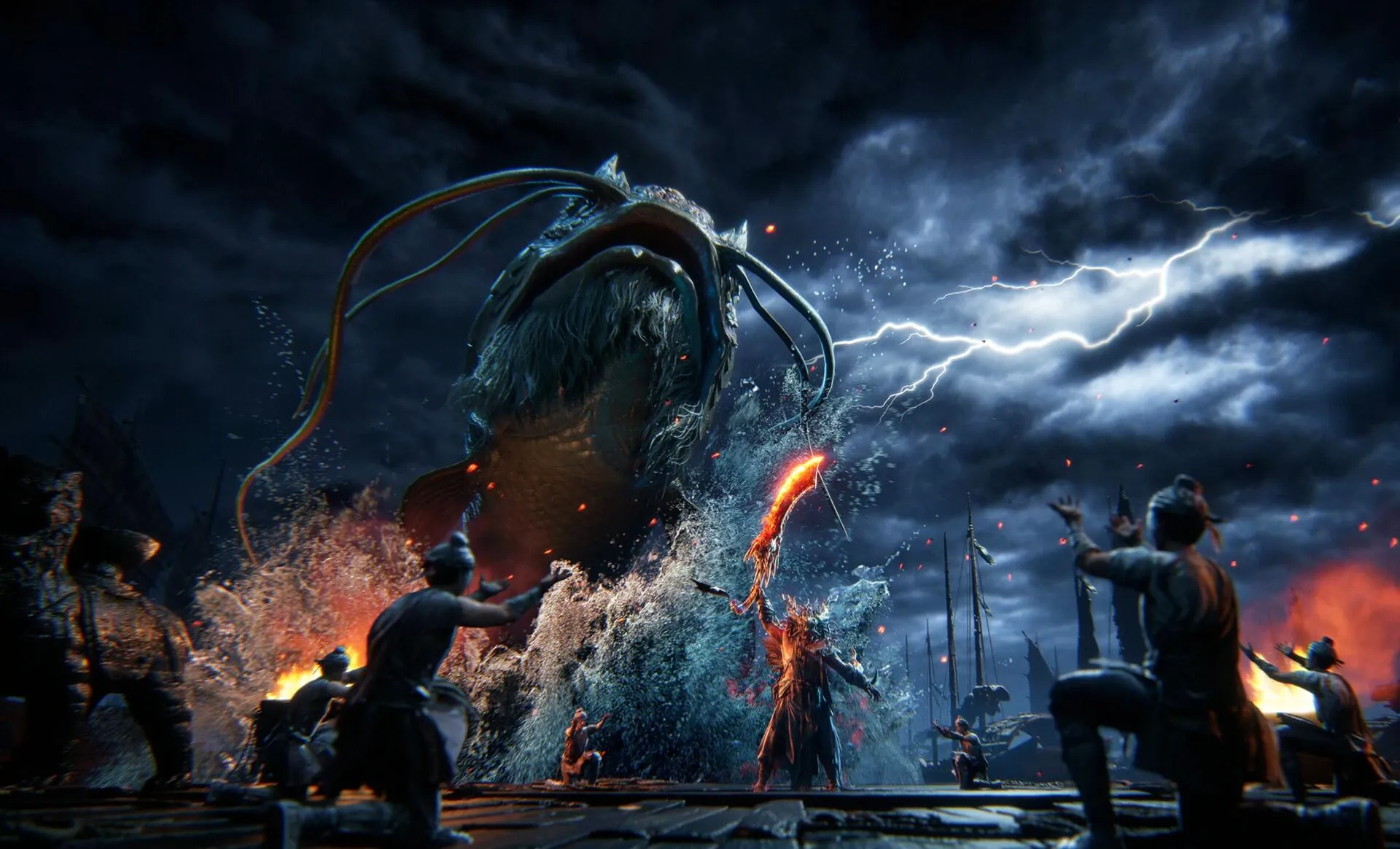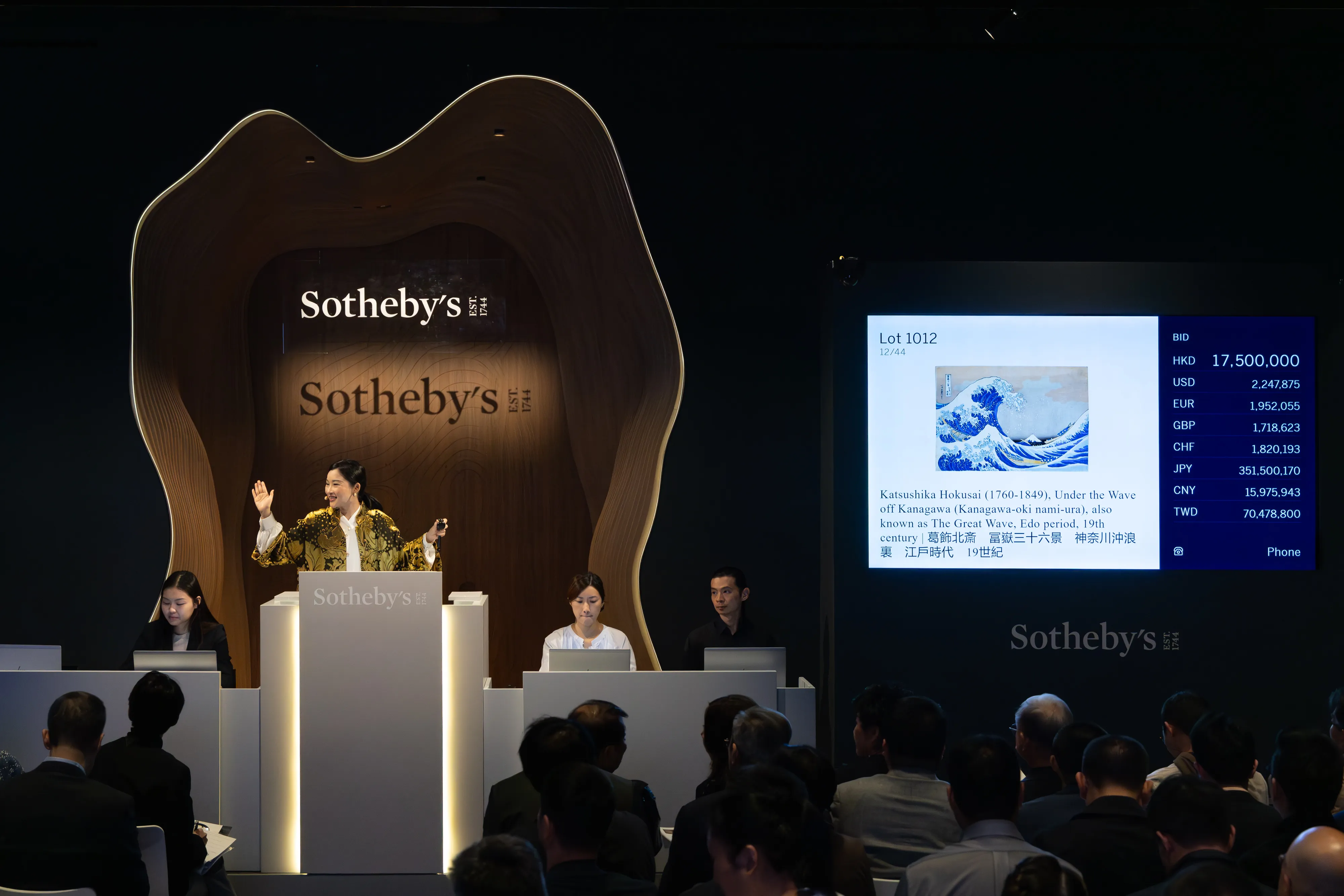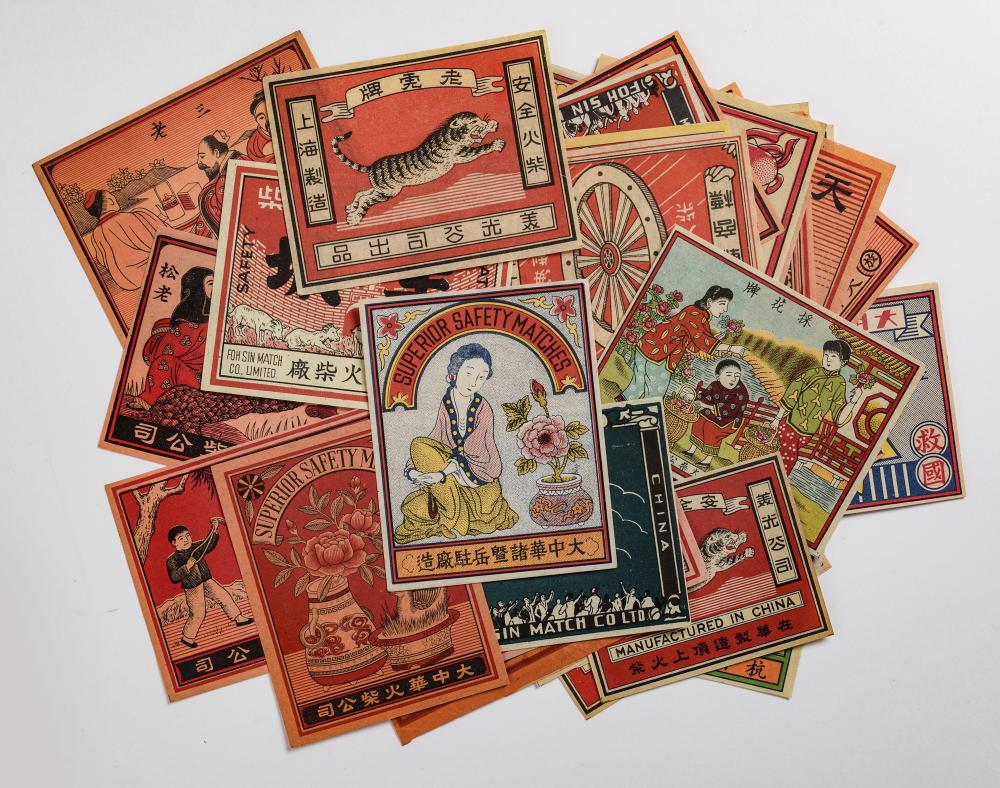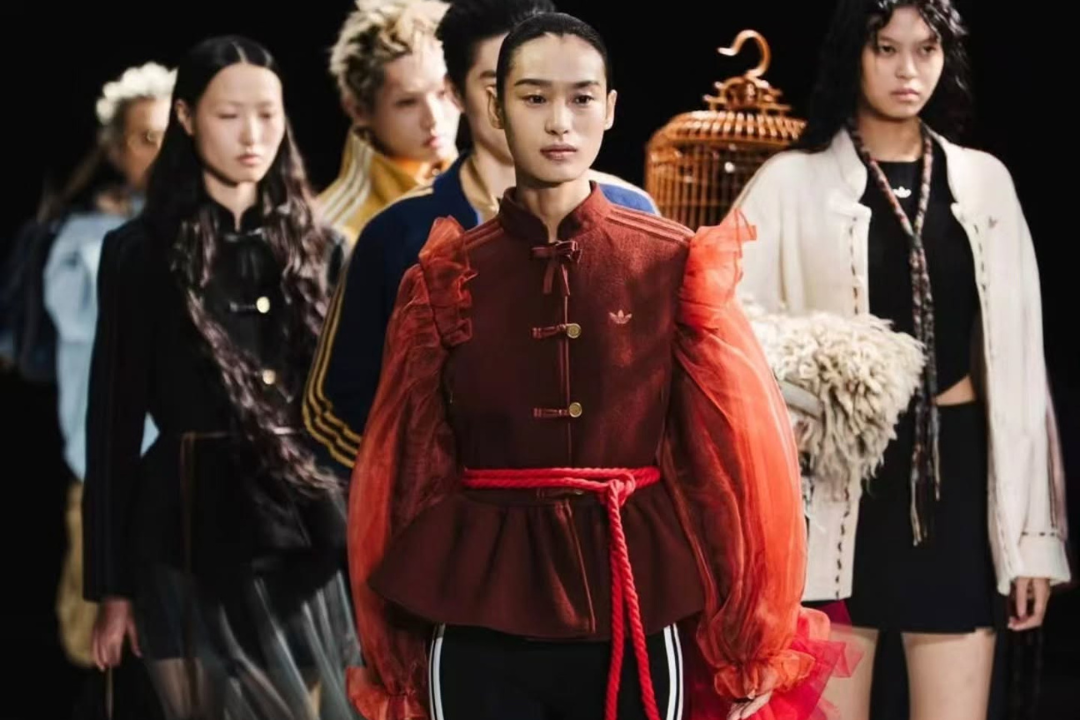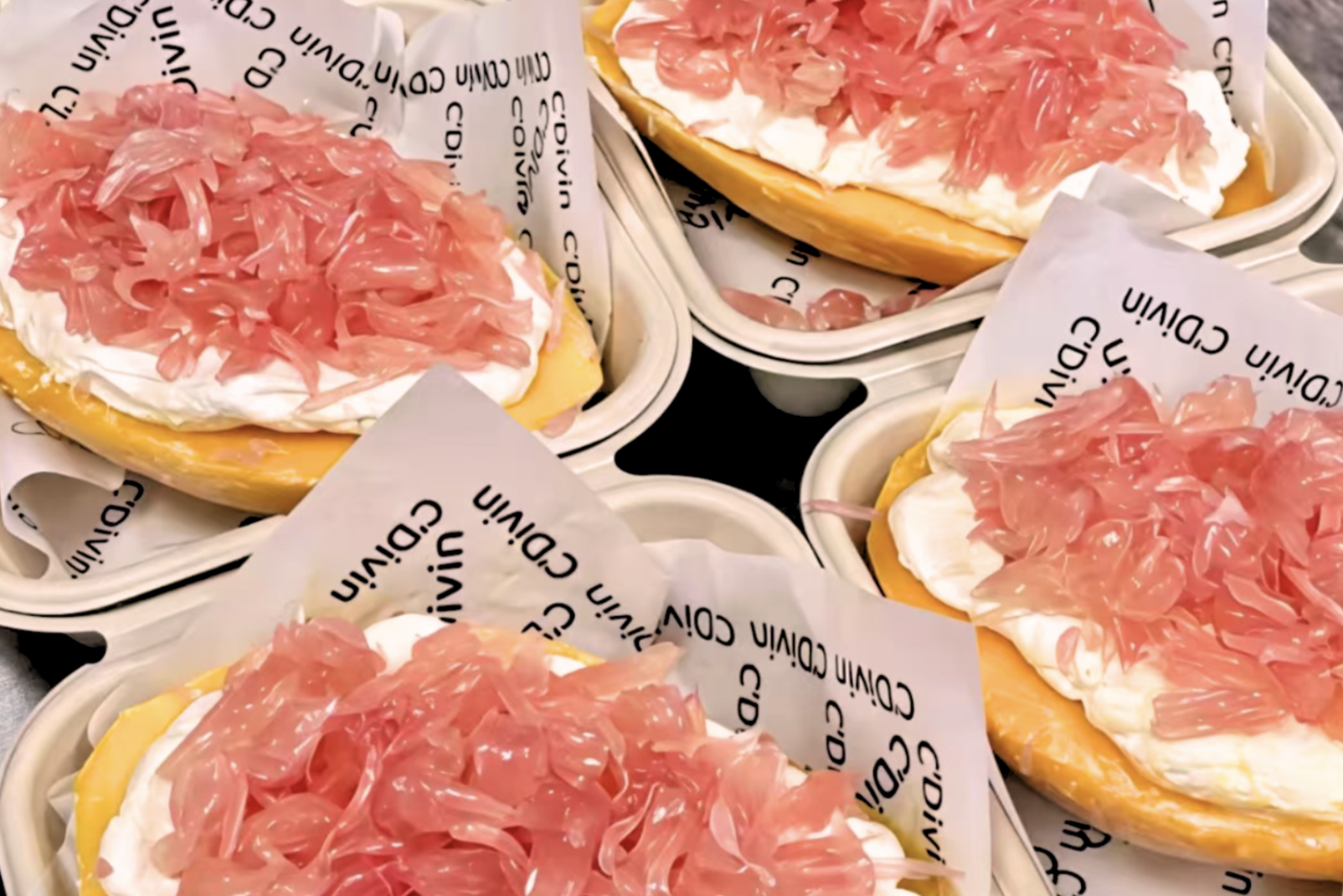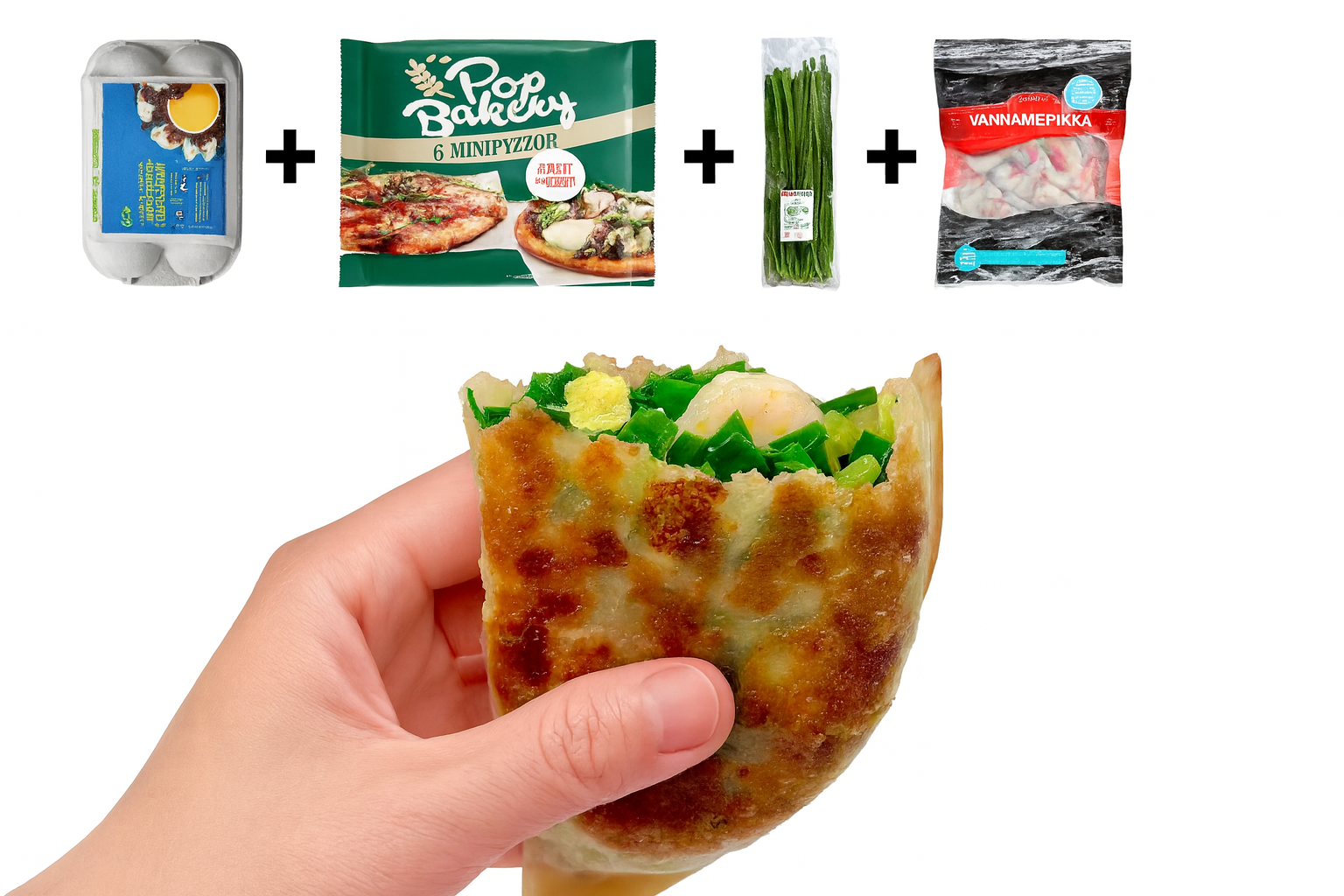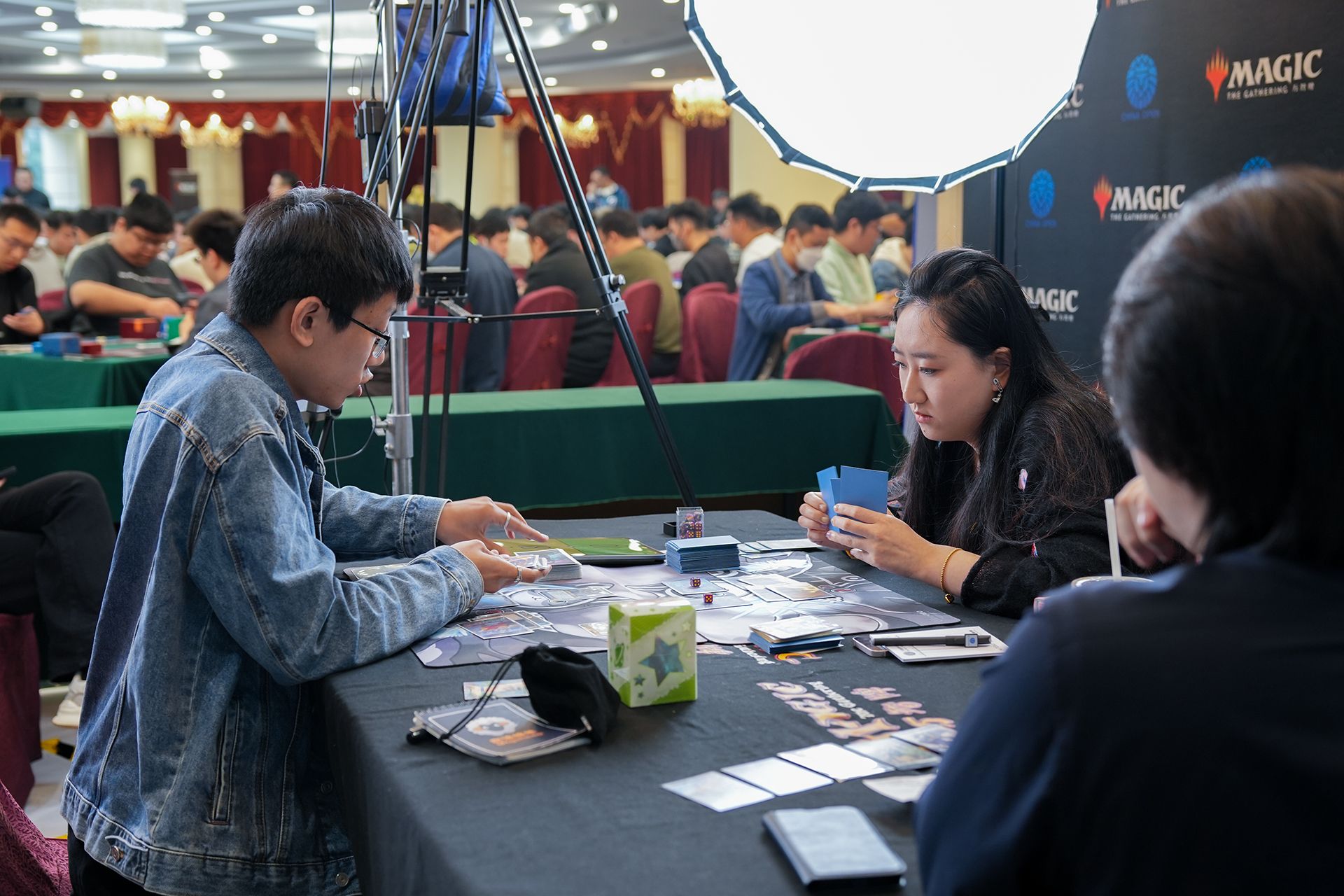Since the beginning of China’s Reform and Opening Up in the late 1970s, the country’s contemporary artists have expressed themselves in bracing new ways, blurring the boundaries between creative disciplines, traveling across the globe to embrace different perspectives, and melding tradition with technology to reimagine Chinese visual culture.
Founded across the Pacific just a few years before the birth of Chinese contemporary art, East West Bank has in many ways followed an analogous journey. The bank has formed a bridge between the East and the West, drawing upon the best of both cultures; overcome challenges through innovative thinking; and ceaselessly explored new ways of doing business to provide the best for its community. Along the way, East West Bank has itself become a major supporter of Chinese and Asian art in America, underscoring its belief in the power of art to open us up to new perspectives.
The East West Bank Collection
The East West Bank Collection is just one of the bank’s artistic initiatives, along with the East West Bank Art Terrace at San Francisco’s Asian Art Museum, East West Bank Plaza at the Broad in Los Angeles, and support for major exhibitions at the Museum of Contemporary Art, Los Angeles (MOCA), Los Angeles County Museum of Art (LACMA), and other leading art institutions. Founded 18 years ago, the collection brings together a myriad of artists who come from a wide variety of backgrounds and work in vastly different styles and mediums. Diverse in terms of their generations, genders, and geographies, these artists are united in their creative drive and dedication to inspiring us to see the world with fresh eyes. Though originally focused on Chinese artists, the collection has since expanded to incorporate artists of other ethnic backgrounds, reflecting the rich tapestry of East West Bank’s community.
From Cai Guo-Qiang’s ecstatic use of gunpowder to create paintings, to Tidawhitney Lek’s resplendent, surrealistic explorations of Cambodian-American identity, Cui Jie’s utopian depictions of stark, 1980s architecture and beyond, the work of the collection’s artists offers viewers countless new possibilities and ways of seeing the world. Taken together, the East West Bank Collection furthers the bank’s mission to foster deeper social, cultural, and political understanding across borders.
Introducing “Stories on Canvas”
These are the same values that the bank has stood firmly behind since its early days. When East West Bank opened its first branch in Los Angeles in 1973, its principal aim was to serve Chinese Americans, a demographic often neglected by mainstream banks. Over the next few decades, the bank would expand throughout the U.S., and into China and the rest of Asia. East West Bank is not only the financial bridge between the East and the West, but also a cultural bridge connecting people and celebrating diverse perspectives, using art as one of its platforms.

Considering East West Bank’s inspiring mission and commitment towards supporting the arts, RADII is proud to once again collaborate with the pioneering financial institution. As part of the special project “Stories on Canvas,” over the coming months we’ll be sharing videos and writing that take a close look at the shape of contemporary painting and Asian identity. Stay tuned as we spotlight Asian artists who are making their voices heard and connecting cultures!
Banner image by Haedi Yue.
